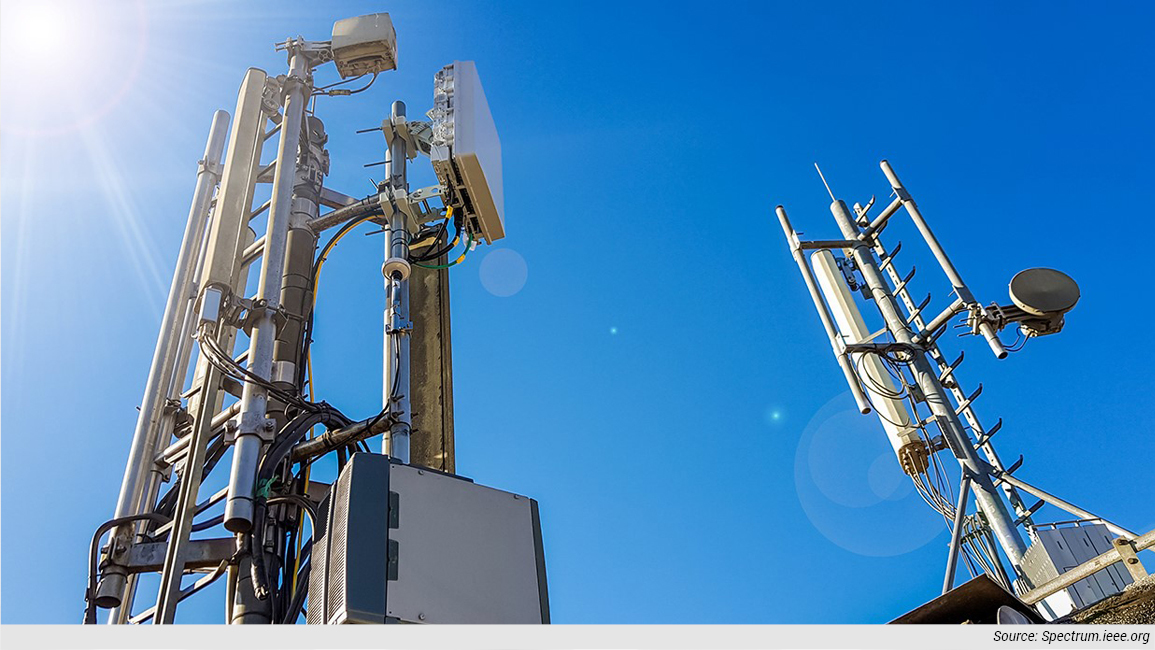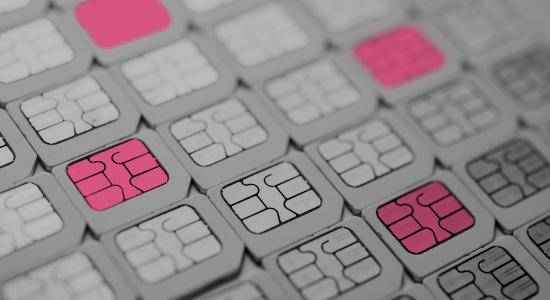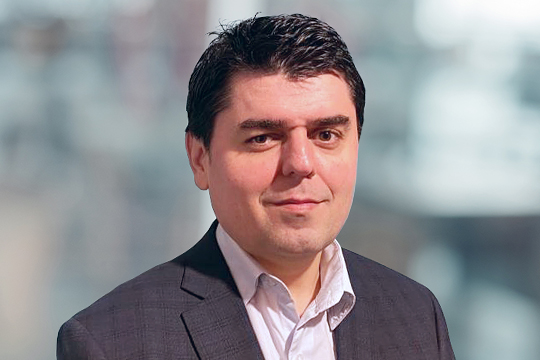Convergence is not only fashionable, but most likely the only way to survive in the telco world. Our Senior Consultant Alexandru Banu takes a look at convergence in the context of wholesale and 5G.
To set the scene, convergence is defined as the evolution of the “vertical” structure of independent networks, that is turning into a “horizontal” structure based on IP that can deliver content through a single platform.
This type of convergence is known as network convergence and has some defining characteristics:
- Seamless connection, irrespective of the network layers and equipment
- Fixed of mobile access, depending on subscriber’s location
- The usage of one terminal in different access modes (e.g. using mobile and laptop in (W)LAN & cellular networks)
The importance of convergence
Convergence is not only fashionable, but most likely the only way to survive in the telco world. One of the key drivers is getting customers “locked-in” by services bundles, fixed and mobile. To create the full convergent experience at commercial level (one contract, one invoice, one service number), the cross-sell from fixed to mobile and/or vice versa is crucial.
The “gimmick” of convergence in retail is either price discount or the Unique Selling Proposition grouping advantages like content, handset and network. For example, seeing the UEFA Champions League matches live on a mobile handset in both cellular or home-zone.
Some examples of late adopters of convergence
One of the last of the “mobile only” Mohicans, Vodafone integrated fixed Liberty Global operations in Germany, Romania, Hungary and Czech Republic. The other way around, from fixed to mobile, BT’s acquisition of Everything Everywhere, back in 2016, meant getting back to mobile business and convergence for the British giant.
The role of wholesale in getting convergent
Wherever a Merger & Acquisition is not possible, or not yet possible, wholesale (and respectively whole-buy) is the best alternative for mobile-only and fixed-only to enable hitting the market to fixed and mobile services. One example is coming from Romania, with Orange as mobile company is whole-selling 4G footprint to Telekom Romania and whole-buying fixed services.
However, this looks to be an intermediary solution, as an approval of selling Telekom Romania’s fixed leg to Orange is pending with the Romanian state, still shareholder of the former incumbent.
Wholesale may be a network convergence enabler in the cases when there is a strategic partnership in place, as changing the technical setup is a burden. However, normally wholesale is an enabler for commercial convergence. The old-fashioned bundle play is always possible by whole-buying services and reselling to retail customers.
5G and wholesale
The importance of the wholesale factor in getting and maintaining convergence will increase in 2020. The 5G disrupter will push operators to re-think convergence by adding a new network.
In the same time, the operators that will not solely invest in 5G will have two options: join network sharing and whole-buy 5G from other co-opetitors or specialized 5g wholesale service providers. Advanced multi-tenants network slicing needs to be in place in order to allow each operator to ensure network (or network slice) convergence with the other “horizontal” network layers. Technical and commercial standardization for such scenarios will be also a topic in the years to come.
The expected advantage of “first comer” in terms of 5G network usage by the Host will be also exploited by the service providers, who will try to deny access to this network to the MVNOs, wherever regulation does not forbid it expressly. Another type of advantage, the priority of Host customers to attach to the 5G network, is usually denied by the means of non-discrimination principle. So, most likely the only acceptable way to “discriminate” from the Host side will be having higher price points for the 5G services based by the claim this is a different network with a different cost base.
New calculation models need to be in place to settle this new reality and establish the level playing ground, from both regulator and operator point of view.









